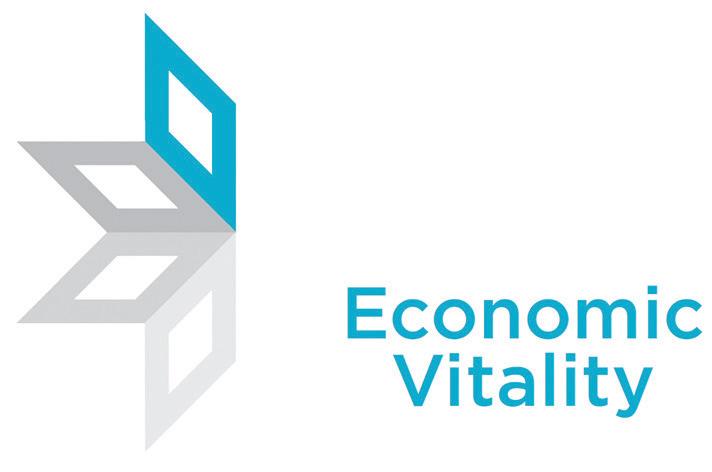more than 140,000 new businesses nationwide. Every dollar a community uses to support its local Main Street program leverages an average of $18 in new investment, making Main Street one of the most successful economic development strategies in America. These community benefits would not be possible without the training, education, and leadership of the National Main Street Center. The Main Street Approach offers a revitalization framework appropriate for communities of all types – including commercial districts in urban neighborhoods, rural towns, and smaller and mid-sized cities. Local Main Street programs can be established either as freestanding organizations or as part of an existing entity, such as a community development corporation or economic development organization. The National Main Street Program is managed on a state level. In Georgia, this program is overseen by the Office of Downtown Development at the Georgia Department of Community Affairs. Working in conjunction with the Office of Downtown Development, local Main Street programs plan and implement projects that create more vibrant and healthy commercial districts. The National Main Street Center is based in Chicago, Illinois, with an office in Washington, D.C., and field staff located throughout the country. For more information, visit mainstreet.org.
THE MAIN STREET APPROACH The Main Street Approach is a common-sense, strategy-driven framework that guides community-based revitalization efforts. Building off three decades of success, this model harnesses the social, economic, physical, and cultural assets that set a place apart, with the ultimate goal of realizing tangible outcomes, such as job creation, small business development, private/ public investment and building rehabilitations, which benefit the entire community. Main Street-style transformation is a combination of art and science: communities first need to learn about the local economy, its primary drivers, and its regional context (the science), but they also need to convey that special sense of place through storytelling, preserving the older and historic structures that set it apart, broad and inclusive civic engagement, and marketing (the art). To support this powerful network, the National Main Street Center has a revitalization framework – the Main Street Approach – that helps communities leverage both the art and science of downtown revitalization to create a better quality of life for all. The Main Street Approach is most effective in places where community residents have a strong emotional, social, and
6 | NEW MANAGER’S HANDBOOK | GEORGIAMAINSTREET.ORG
civic connection and are motivated to get involved and make a difference. This approach works where existing assets – such as older and historic buildings and local independent businesses – can be leveraged. It encourages communities to take steps to enact long-term change, while also implementing shortterm, inexpensive and place-based activities that attract people to the commercial core and create a sense of enthusiasm and momentum about their community. Both small-city downtowns and urban neighborhoods throughout the nation are renewing their community centers with Main Street methodology. The result of these community-driven efforts are places with increased social cohesion and economic opportunity; they are places that support and sustain innovation and opportunity; places where people of diverse perspectives and backgrounds come together to shape the future. It’s helpful to think of the Main Street Approach as three tightly integrated components: community visioning and market understanding (the inputs), transformation strategies (implemented using the Four Points), and implementation and measurement (the outcomes).
Identify the Community Vision for Success The Main Street Approach begins with creating a vision for success in downtown that is rooted in a solid understanding of the market realities of the district and is informed by broad community engagement. The Main Street Approach promotes a community-driven process that brings diverse stakeholders from all sectors together, inviting them to be proactive participants in the revitalization process. This essential step provides a foundation for outlining the community’s own identity, expectations, and ideals while clearly identifying needs and opportunities. It also ensures that the vision is a true reflection of the diversity of the community.
Create Community Transformation Strategies A vision of success alone is not enough. Communities must work together to identify key strategies, known as Community Transformation Strategies, that will provide a clear sense of priorities and direction for the revitalization efforts. Typically, communities will find two to three Community Transformation Strategies are needed to help reach a community vision. These strategies will focus on both longand short-term actions that will move a community closer to achieving its goals. Work on these strategies would align with the four key areas Main Streets have been using as a guiding framework for more than 40 years: economic vitality, design, promotion, and organization, known collectively as the Main Street Four Points.








